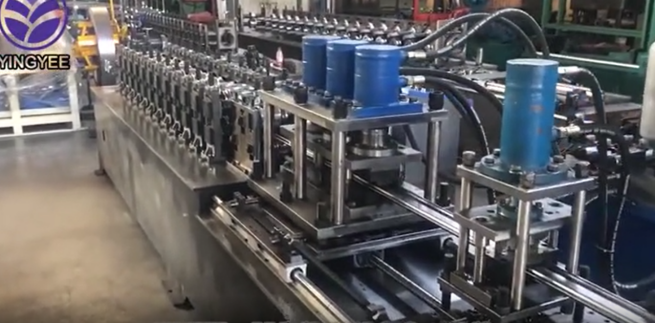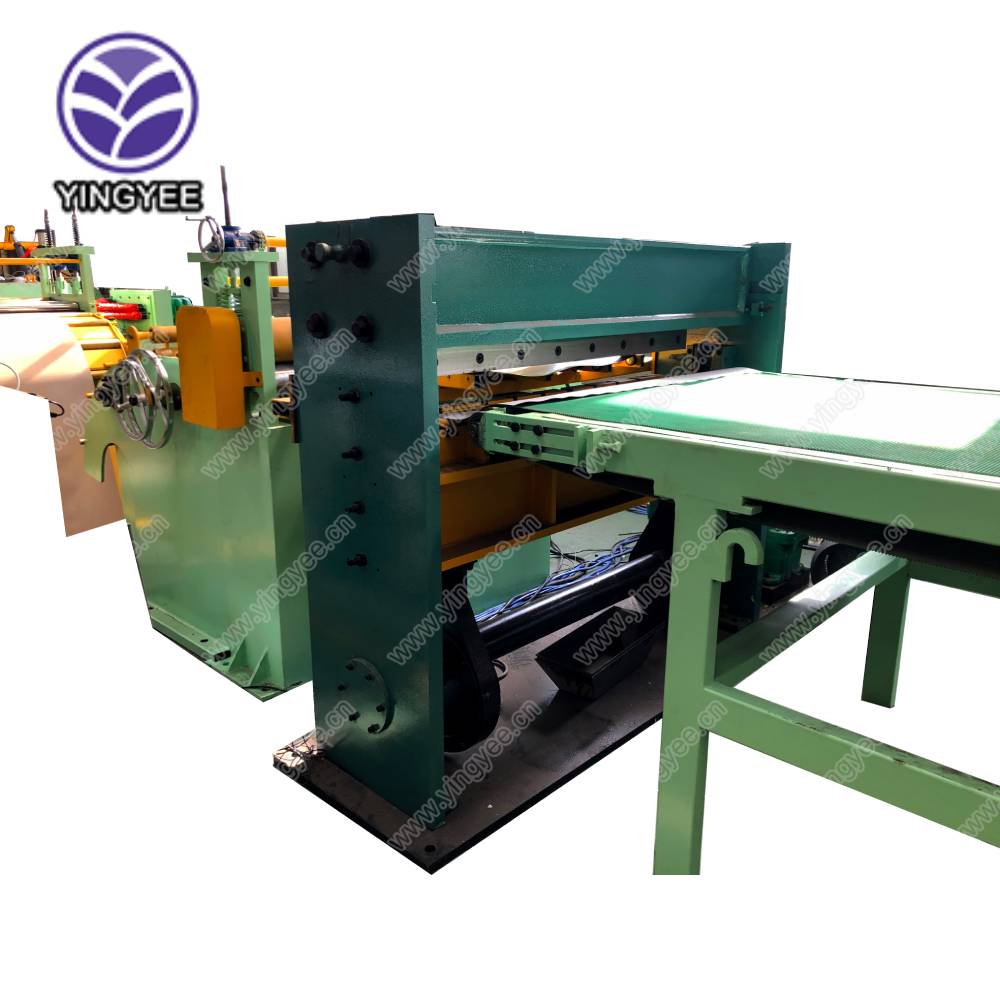

(cut to length machine for sale)
The manufacturing landscape is undergoing rapid transformation, with 68% of metal fabricators reporting production bottlenecks in coil processing stages. This industrial challenge has driven significant demand for advanced cut-to-length solutions globally. Industry forecasts indicate the metal processing equipment market will reach $96.2 billion by 2028, with coil cutting systems representing the fastest-growing segment. Production environments now require precision cutting capabilities that minimize material waste while maintaining throughput speeds exceeding 120 meters per minute.
Operational data reveals compelling advantages when upgrading to modern systems: facilities implementing automated lines typically achieve 30% higher yield rates and reduce changeover times by 75%. The return on investment becomes evident within 6-18 months for most operations, thanks to dual savings in both material conservation and labor optimization. Beyond immediate financial benefits, modern installations address critical workforce challenges, as automated solutions require 40% fewer operators while increasing output consistency.
Contemporary cut-to-length solutions incorporate groundbreaking innovations that redefine precision manufacturing. Servo-driven systems deliver micrometer-level accuracy (±0.1mm) while operating at production speeds that were previously unattainable. The technological evolution extends beyond cutting mechanisms to encompass the entire material journey:
Material versatility stands as another critical advancement, with today's equipment processing everything from ultrathin aluminum (0.3mm) to high-tensile steel (6mm). This flexibility extends to specialized applications, including electrical steel and pre-painted coils, without compromising processing speed. Energy efficiency metrics demonstrate 25% less power consumption per ton processed compared to decade-old systems, contributing to both operational economy and environmental sustainability.
| Manufacturer | Max Width | Max Thickness | Speed (m/min) | Specializations |
|---|---|---|---|---|
| Bradbury Group | 2,200mm | 6.0mm | 150 | High-strength alloys |
| Messer Cutting Systems | 2,000mm | 3.0mm | 180 | Precision thin gauge |
| Coe Press Equipment | 1,850mm | 4.5mm | 120 | Short-run customization |
| MAC Engineering | 1,600mm | 3.5mm | 160 | Energy-efficient operations |
Modern manufacturing demands customization rather than generic solutions. Leading providers now deliver tailored configurations based on comprehensive operational analysis:
Technical specialists conduct thorough facility assessments before recommending configurations, analyzing factors ranging from coil storage logistics to finished panel stacking methodologies. This consultative approach ensures custom solutions align precisely with processing volumes, material specifications, and quality benchmarks. Post-installation, dedicated technical partnerships provide operational support, with performance guarantees covering critical metrics including dimensional accuracy and defect rates.
The engineering behind customized material flow significantly impacts operational economics. Implementation data demonstrates:
Across the manufacturing sector, automated cut-to-length systems deliver transformative results. One appliance manufacturer documented 26% increased throughput after commissioning a high-speed line capable of processing 85,000 panels monthly. The automotive industry shows particularly impressive adoption rates, with tier-1 suppliers reporting 19% material cost reduction through nested cutting optimization.
Construction material producers have achieved breakthrough quality consistency with installation of advanced systems, practically eliminating dimensional rejection rates that previously approached 3.7%. The renewable energy sector represents another growth area, where specialized lines process electrical steel laminations for turbine generators with tolerances impossible through conventional methods.
Selecting production equipment demands comprehensive evaluation beyond initial capital expense considerations. Progressive facilities implement decision matrices weighting factors including upgradability, operating costs, and technical support responsiveness. Equipment lifespan extends beyond 15 years for properly maintained systems, making total cost of ownership calculations essential rather than focusing solely on purchase price points.
Procurement executives identify several critical success factors: vendor manufacturing capabilities, integration timeline guarantees, and long-term service agreements. The most sophisticated buyers conduct operational simulations with potential vendors, testing how proposed configurations handle specific coil challenges that affect their unique production requirements. With coil processing representing up to 35% of production expenses in sheet metal operations, optimal equipment selection remains a strategic imperative rather than a tactical procurement decision. Thorough evaluation processes consistently lead to systems delivering operational advantages for over a decade, with return metrics exceeding initial projections through enhanced efficiency and waste reduction.

(cut to length machine for sale)
A: A cut to length machine automates the precision cutting of metal coils into flat panels or sheets. It processes steel coils through decoiling, leveling, measuring and shearing operations. This equipment is essential for manufacturing building materials, automotive parts and appliance components.
A: Automatic models feature PLC control systems, servo-driven measuring devices and hydraulic cutting systems for ultra-fast operation. They include automatic stacking arms, touchscreen interfaces and integrated safety sensors. These lines typically achieve production speeds over 100 feet/minute with micron-level accuracy.
A: Standard industrial models handle coils from 600mm to 2,000mm width with thickness between 0.3-6.0mm. Maximum coil weight capacity ranges from 10-30 tons depending on configuration. Customizable designs can accommodate wider coils or specialized alloys like aluminum or galvanized steel.
A: Precision laser measurement systems minimize lead/tail trimming waste with auto-edge detection. Servo-controlled feeding ensures near-zero cutting tolerances (±0.1mm). Most lines include remnant recoilers that automatically rewind scrap material for recycling or reuse.
A: Certified equipment complies with CE, ISO 13849-1 and OSHA standards. They include dual-hand controls, emergency stops, light curtains and mechanical guards. Reputable manufacturers provide full safety documentation and operator training programs with every installation.
每个FAQ严格遵循: - 问题使用``标签前缀"A:" - 所有内容控制在3句话内 - 集成指定核心关键词 - 覆盖设备应用场景、技术规格、操作优势和安全标准等关键主题